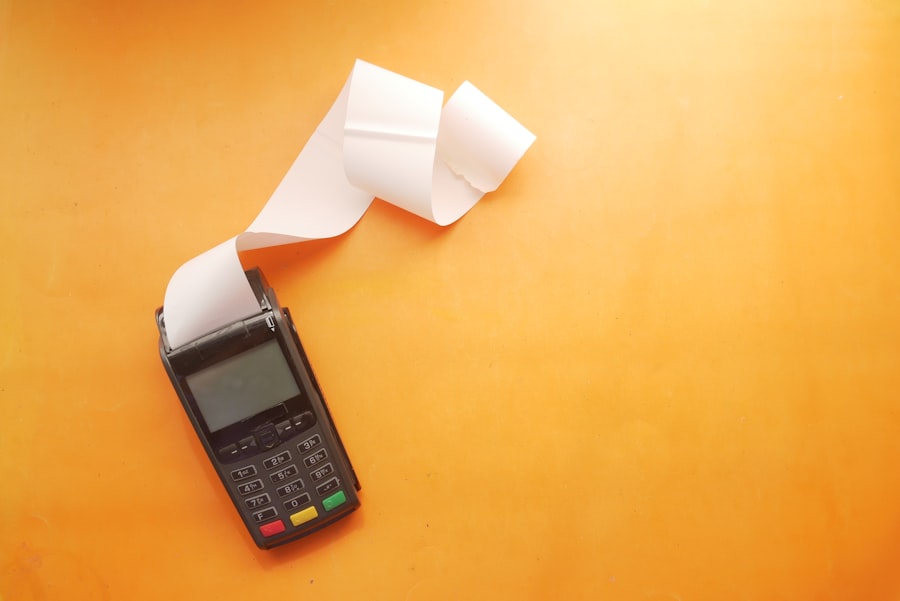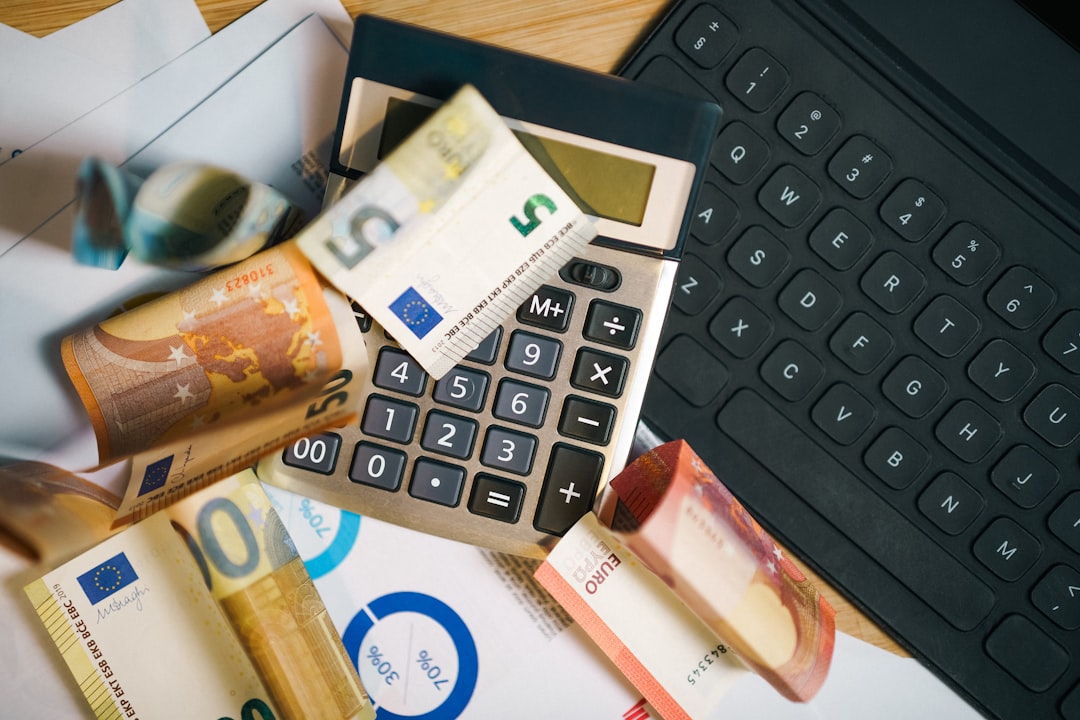In an increasingly digital world, managing personal finances has become more accessible and efficient, thanks in large part to budgeting apps. These applications serve as powerful tools that help individuals track their income, expenses, and savings goals, all from the convenience of their smartphones or tablets. The rise of budgeting apps reflects a broader trend toward financial literacy and empowerment, enabling users to take control of their financial futures.
With a plethora of options available, these apps cater to various needs, whether one is looking to simply track spending or develop a comprehensive financial plan. The importance of budgeting cannot be overstated. It serves as the foundation for sound financial management, allowing individuals to allocate their resources wisely and avoid unnecessary debt.
Budgeting apps simplify this process by providing intuitive interfaces and real-time data analysis. Users can visualize their spending habits, set financial goals, and receive alerts when they approach budget limits. As technology continues to evolve, these apps are becoming more sophisticated, integrating features such as bank synchronization, investment tracking, and even credit score monitoring.
This evolution not only enhances user experience but also fosters a culture of accountability and informed decision-making.
Key Takeaways
- Budgeting apps are a convenient way to track and manage your finances on the go
- Look for budgeting apps with features such as customizable budget categories, bill reminders, and goal tracking
- Top budgeting apps for iOS users include Mint, YNAB, and PocketGuard
- Top budgeting apps for Android users include Goodbudget, Monefy, and Spendee
- Free budgeting apps may have limited features, while paid apps offer more advanced tools and customer support
Features to Look for in Budgeting Apps
When selecting a budgeting app, it is essential to consider several key features that can significantly enhance the user experience. One of the most critical aspects is the ability to sync with bank accounts and credit cards. This feature allows users to automatically import transactions, eliminating the need for manual entry and reducing the likelihood of errors.
Real-time updates on spending can help users stay informed about their financial status at any given moment, making it easier to adjust their budgets as needed. Another important feature is customizable budgeting categories. Different users have different financial priorities, so an app that allows for personalized categories can be particularly beneficial.
For instance, someone might want to track spending on groceries separately from entertainment or savings. Additionally, look for apps that offer visual representations of data, such as graphs and charts. These visual aids can make it easier to understand spending patterns and identify areas where adjustments may be necessary.
Furthermore, features like goal setting and progress tracking can motivate users to stick to their budgets by providing tangible milestones to work toward.
Top Budgeting Apps for iOS Users

For iOS users, several budgeting apps stand out due to their functionality and user-friendly design. One of the most popular options is Mint, which offers a comprehensive suite of features including expense tracking, bill reminders, and credit score monitoring. Mint’s ability to sync with various financial institutions allows users to see all their accounts in one place, making it easier to manage finances holistically.
The app also provides personalized insights based on spending habits, helping users make informed decisions about their money. Another noteworthy app for iOS users is YNAB (You Need A Budget). YNAB takes a proactive approach to budgeting by encouraging users to assign every dollar a job.
This method promotes mindful spending and helps users prioritize their financial goals. The app also offers educational resources and workshops that teach users effective budgeting strategies. Its unique approach has garnered a loyal following among those who are serious about improving their financial health.
Additionally, YNAB’s mobile app is designed with an intuitive interface that makes it easy to navigate and update budgets on the go.
Top Budgeting Apps for Android Users
| App Name | Downloads | User Rating |
|---|---|---|
| Money Manager | 5,000,000+ | 4.6 |
| Wallet – Finance Tracker and Budget Planner | 10,000,000+ | 4.5 |
| Goodbudget: Budget & Finance | 1,000,000+ | 4.6 |
| Expense Manager | 500,000+ | 4.4 |
Android users also have access to a variety of excellent budgeting apps tailored to their needs. One standout option is PocketGuard, which simplifies budgeting by showing users how much disposable income they have after accounting for bills, goals, and necessities. The app’s straightforward design makes it easy for users to understand their financial situation at a glance.
PocketGuard also offers features like transaction categorization and spending limits, which can help users stay within their budget. Another popular choice among Android users is GoodBudget, which utilizes the envelope budgeting method. This approach involves allocating funds into different categories or “envelopes,” allowing users to visualize their spending limits for each category.
GoodBudget is particularly appealing for those who prefer a more hands-on approach to budgeting without linking bank accounts directly. The app allows for manual entry of transactions and provides reports on spending trends over time. Its cross-platform functionality ensures that users can access their budgets from any device, making it a versatile option for managing finances.
When considering budgeting apps, one of the primary decisions users face is whether to opt for free or paid versions. Free budgeting apps often provide essential features that can help users track their finances effectively without any upfront costs. However, these apps may come with limitations such as ads, fewer customization options, or restricted access to advanced features like investment tracking or detailed reporting.
On the other hand, paid budgeting apps typically offer a more comprehensive suite of tools designed for serious budgeters. These apps often include features such as bank synchronization, advanced analytics, and personalized support. For example, YNAB operates on a subscription model but provides extensive educational resources and community support that can justify the cost for many users.
Ultimately, the choice between free and paid apps depends on individual needs and preferences; those who are just starting with budgeting may find free options sufficient, while more experienced users might benefit from the enhanced capabilities of paid apps.
How Budgeting Apps Can Help You Save Money
Identifying Areas for Improvement
For example, a user might discover that they are spending a significant amount on dining out each month. With this knowledge, they can set a specific goal to reduce restaurant expenses and allocate those funds toward savings or debt repayment.
Goal Setting and Automation
Many budgeting apps include features that encourage saving through goal setting and automated savings plans. Users can create specific savings goals, such as saving for a vacation or an emergency fund, and track their progress over time. Some apps even allow users to set up automatic transfers from checking accounts to savings accounts based on their budgeted amounts.
Instilling Discipline in Financial Habits
This automation not only simplifies the saving process but also helps instill discipline in financial habits by making saving a priority rather than an afterthought. By making saving easier and more manageable, budgeting apps can help users develop healthy financial habits that will benefit them in the long run.
Tips for Using Budgeting Apps Effectively

To maximize the benefits of budgeting apps, users should adopt certain best practices that enhance their effectiveness. First and foremost, consistency is key; regularly updating transactions and reviewing budgets can help maintain an accurate picture of one’s financial situation.
Additionally, leveraging the educational resources offered by many budgeting apps can provide valuable insights into personal finance management. Many apps include blogs, webinars, or community forums where users can learn from others’ experiences and gain tips on effective budgeting strategies. Engaging with these resources not only enhances knowledge but also fosters a sense of community among users who share similar financial goals.
Choosing the Right Budgeting App for You
Selecting the right budgeting app ultimately depends on individual preferences and financial goals. With numerous options available for both iOS and Android users, it is essential to evaluate which features align best with personal needs—whether it’s automatic bank syncing, customizable categories, or educational resources. By taking the time to explore different apps and understanding how they can facilitate better financial management, individuals can empower themselves to make informed decisions about their money.
In this digital age where financial literacy is increasingly important, budgeting apps serve as invaluable tools that not only simplify the process of managing finances but also promote healthier spending habits and savings strategies. Whether one opts for a free or paid app, the key lies in finding a solution that resonates with personal financial objectives and encourages consistent engagement with one’s budget.
If you are looking for a comprehensive list of the best budgeting apps available, you should check out valapoint.
com/best-budgeting-apps/’>this article on Valapoint. In addition to highlighting popular apps like Mint, the article also discusses lesser-known options that may better suit your specific financial needs. It’s a great resource for anyone looking to take control of their finances and find the perfect budgeting app for their lifestyle.
FAQs
What are budgeting apps?
Budgeting apps are software applications designed to help individuals and households manage their finances by tracking income, expenses, and savings goals. These apps often provide features such as expense categorization, bill reminders, and budget tracking.
How do budgeting apps work?
Budgeting apps typically work by allowing users to input their income and expenses, and then tracking and categorizing their spending. Some apps also offer features such as goal setting, bill reminders, and financial reports to help users better manage their money.
What are the benefits of using budgeting apps?
Using budgeting apps can help individuals and households gain better control over their finances by providing a clear overview of their income, expenses, and savings goals. These apps can also help users identify areas where they can cut back on spending and make more informed financial decisions.
Are budgeting apps secure?
Most budgeting apps take security and privacy seriously, employing encryption and other security measures to protect users’ financial information. It’s important for users to research and choose reputable budgeting apps with strong security features and a good track record of protecting user data.
Are budgeting apps free to use?
Many budgeting apps offer a free version with basic features, while also providing a premium version with more advanced features for a subscription fee. Some apps may also offer in-app purchases for additional features or content.


